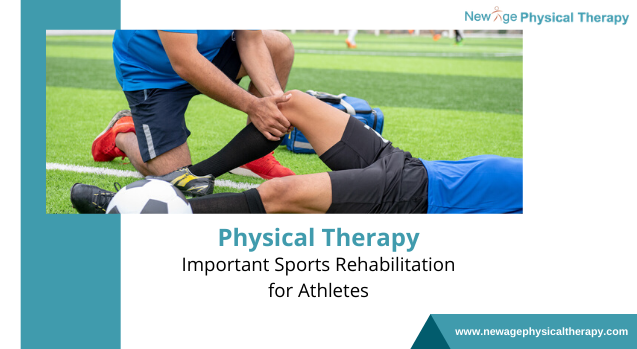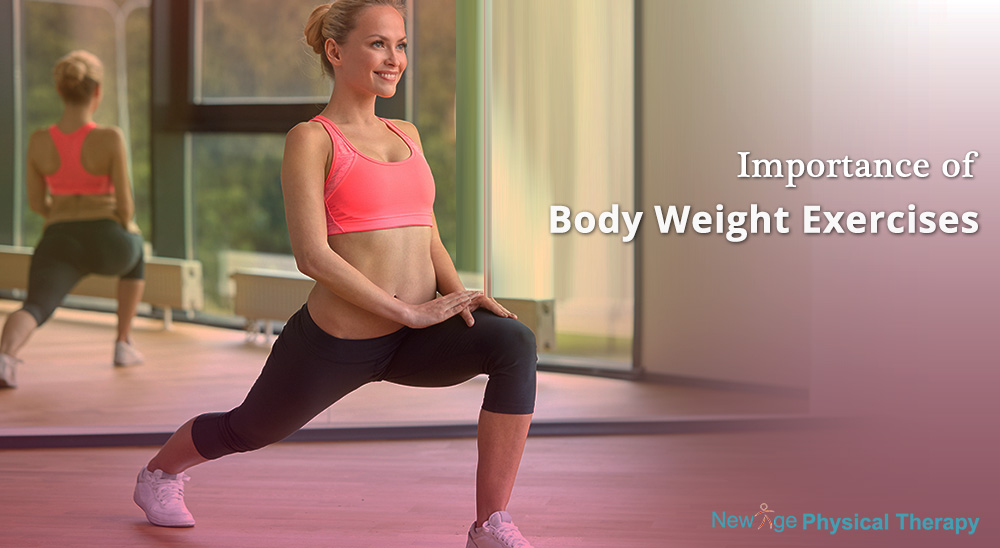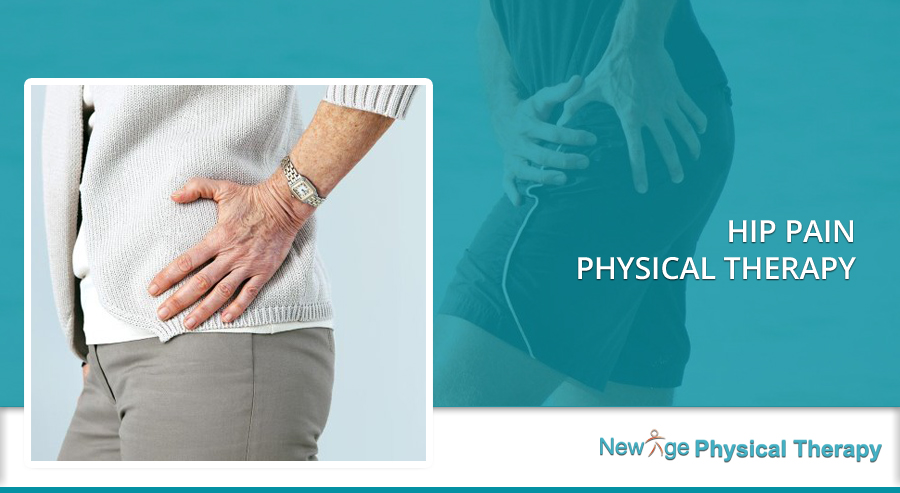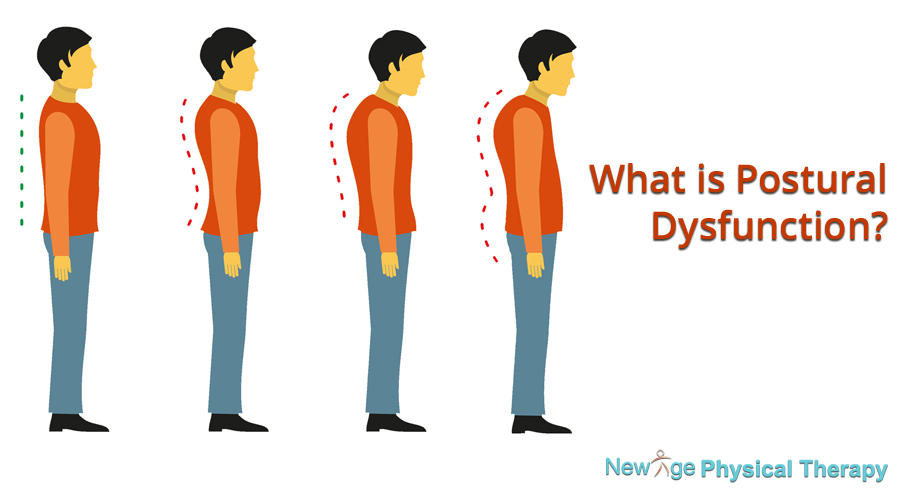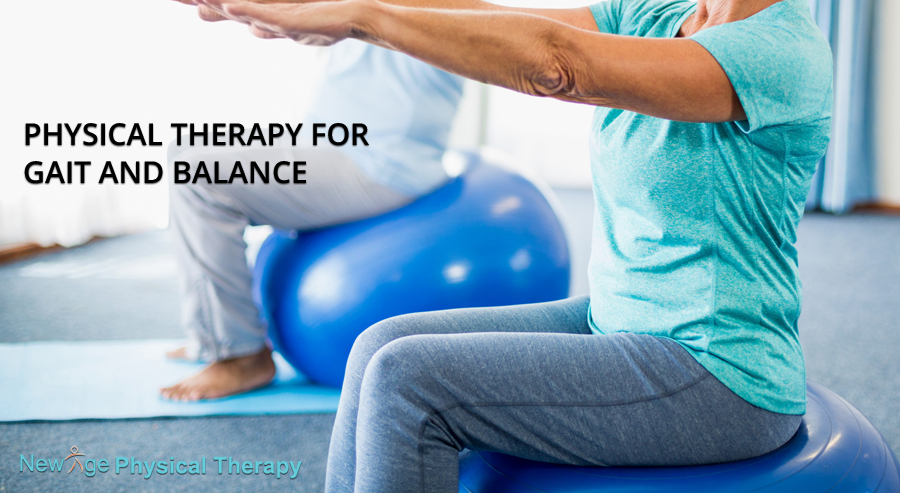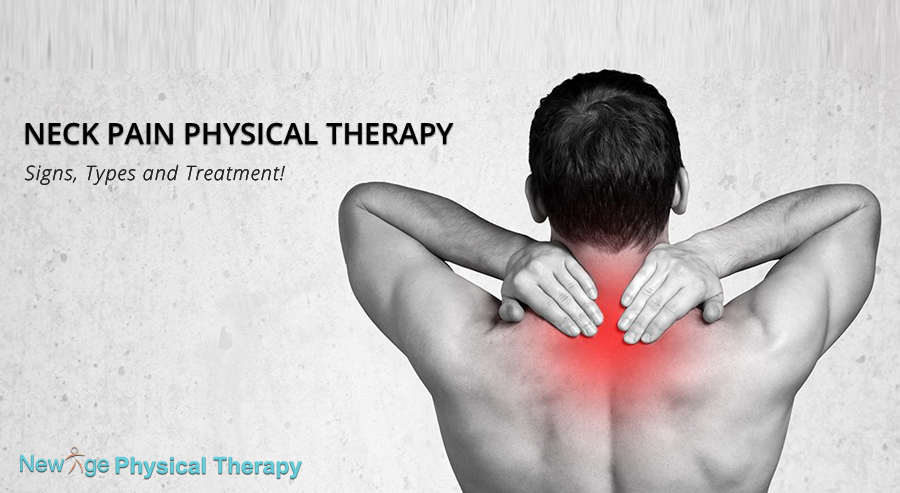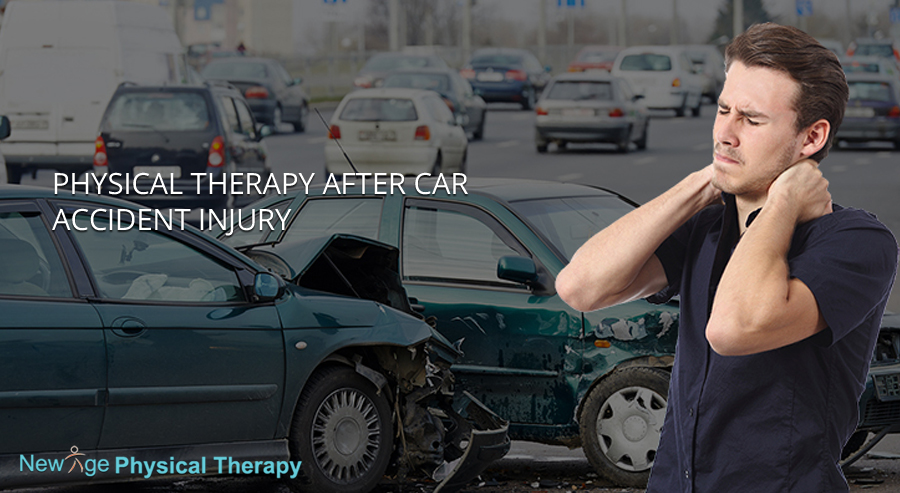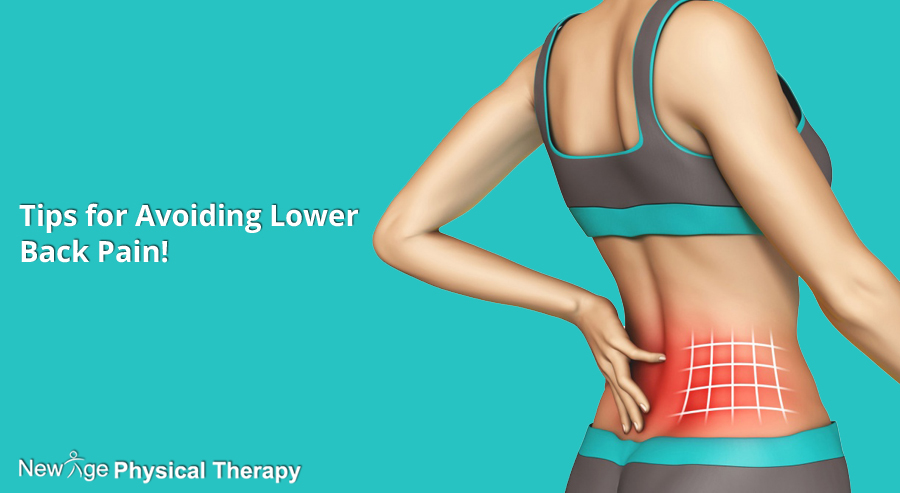Physical Therapy: Important Sports Rehabilitation for Athletes
For the intelligent player, there is simply no connection between general recovery after an injury and rehabilitation after a sports-related injury. For one, their aims are different. Sport-specific rehab covers beyond improvement. It focuses on the mechanics and capabilities of your sport to make you play again with equal or even greater performance than earlier.
When your body is used to the difficulties of fast activities, necessary rehab just isn’t sufficient. You need an expert sports physical therapist to take you back into the best situation to respond to the sport you love.
Why Athletes Need Sport Specific Rehabilitation?
Sports injuries are especially common as more people try more normal lifestyles and encourage their children to participate in youth sports. Research finds 8.6 million Americans suffered a sports-related injury in one year. Some injuries can be treated at home while some require any hospitalization. You will likely require physical therapy if you are hospitalized for a sports injury.
Physical therapy treatment is necessary for a complete recovery after injuries related to sports. Usually injured body parts must be immobilized or relaxed while they heal. During the process of healing, those muscles and bones get out of work. As a process part of the rehabilitation, you need to utilize the injured area to build up muscle and recover normal function. Even Physical therapy instructs you how to do this carefully so you recover movement efficiently and avoid further injury.
Sports physical therapy knowledge for athletes is very important. Whereas regular physical therapy helps patients recover the capacity to do regular living activities, sports physical therapy rebuilds your body’s ability to resist the severe stress of athletics.
Advantages of Sport Specific Rehabilitation
Sport-specific recovery is the best way of action to rebuild and improve your original athletic abilities when you have experienced a debilitating sports injury. There are many other advantages to sports PT that will help in your rehabilitation, such as:
– Pain Control
– Raised cellular metabolism to boost healing of damaged muscle
– Improved flow in the injured area to supporting healing
– Strengthening of relaxed tissues
– Restriction of powerful atrophy
– Stimulation of common receptors
– Recovery of a variety of plan and improved versatility in strong muscles
– Improved dull drainage
– Improved extensibility of connective and maintaining muscle formations
Eventually, sport-specific rehab is created to help you recover faster and more effectively while reducing pain and stopping further injury. Don’t just pay for extensive recovery.
If you have a sports-related injury and think about responding to your sport, you need to go with expert sports physical therapists at Musculoskeletal Physical Therapy bayside NY. As a guide in sport-specific recovery, we receive individualized corrective regimens for our patients that help them improve and respond to their sport faster. Therapy services are created to help athletes over many sports and ability levels.
The only way to recover to your sport in excellent fitness is to try sport-specific rehab with expert sports physical therapists who know your sport and what it needs to do your best.

